Devilman Crybaby
These days, Netflix is a major player in the anime world.
From high-profile originals to streaming classics, the platform has become a go-to destination for anime fans worldwide.
But this reputation wasnt built overnight.
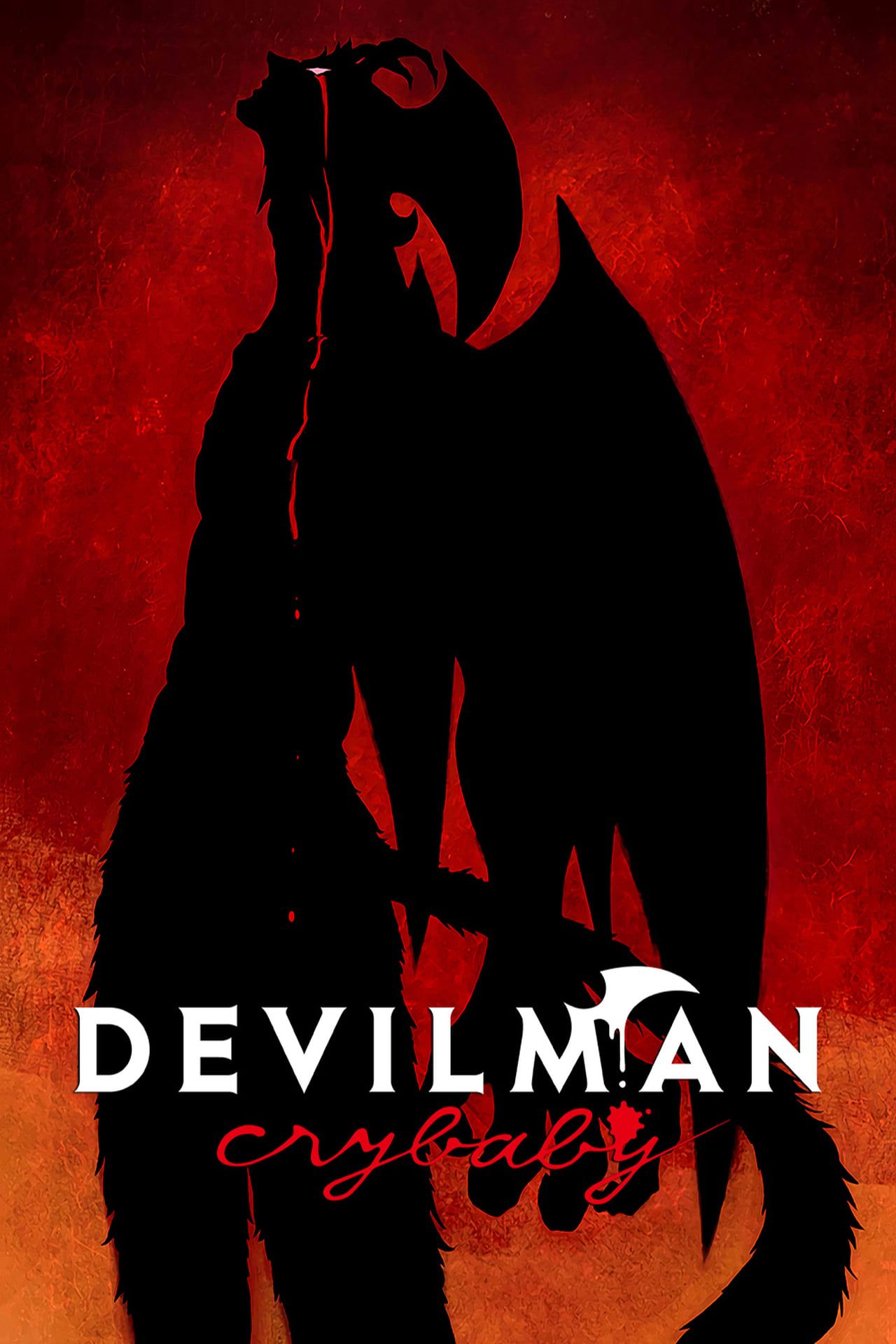
It all truly began withDevilman Crybaby.
With its boundary-pushing visuals, graphic violence, and intense emotion, it redefined expectations.
It showed what anime could be without broadcast restrictions and viewers couldnt look away.
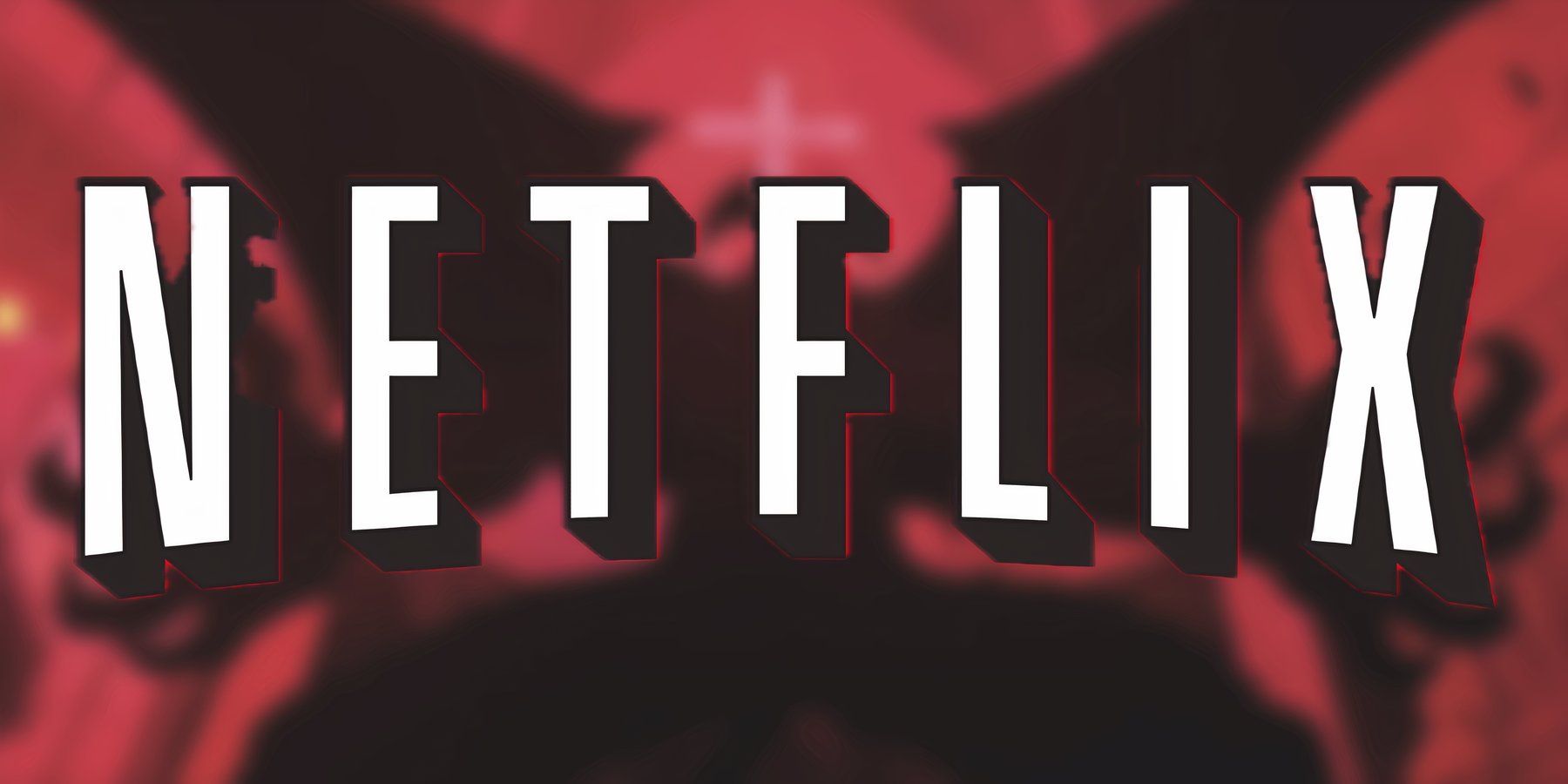
Custom Image by Megan Peters
Devilman Crybabydidnt just make noise; it madeNetflix a serious contender in anime.
Since then, Netflix has kept investing in the medium.
Originals likeCyberpunk: Edgerunners,Beastars, andDorohedorohave drawn devoted followings and even inspired sequels and spin-offs.
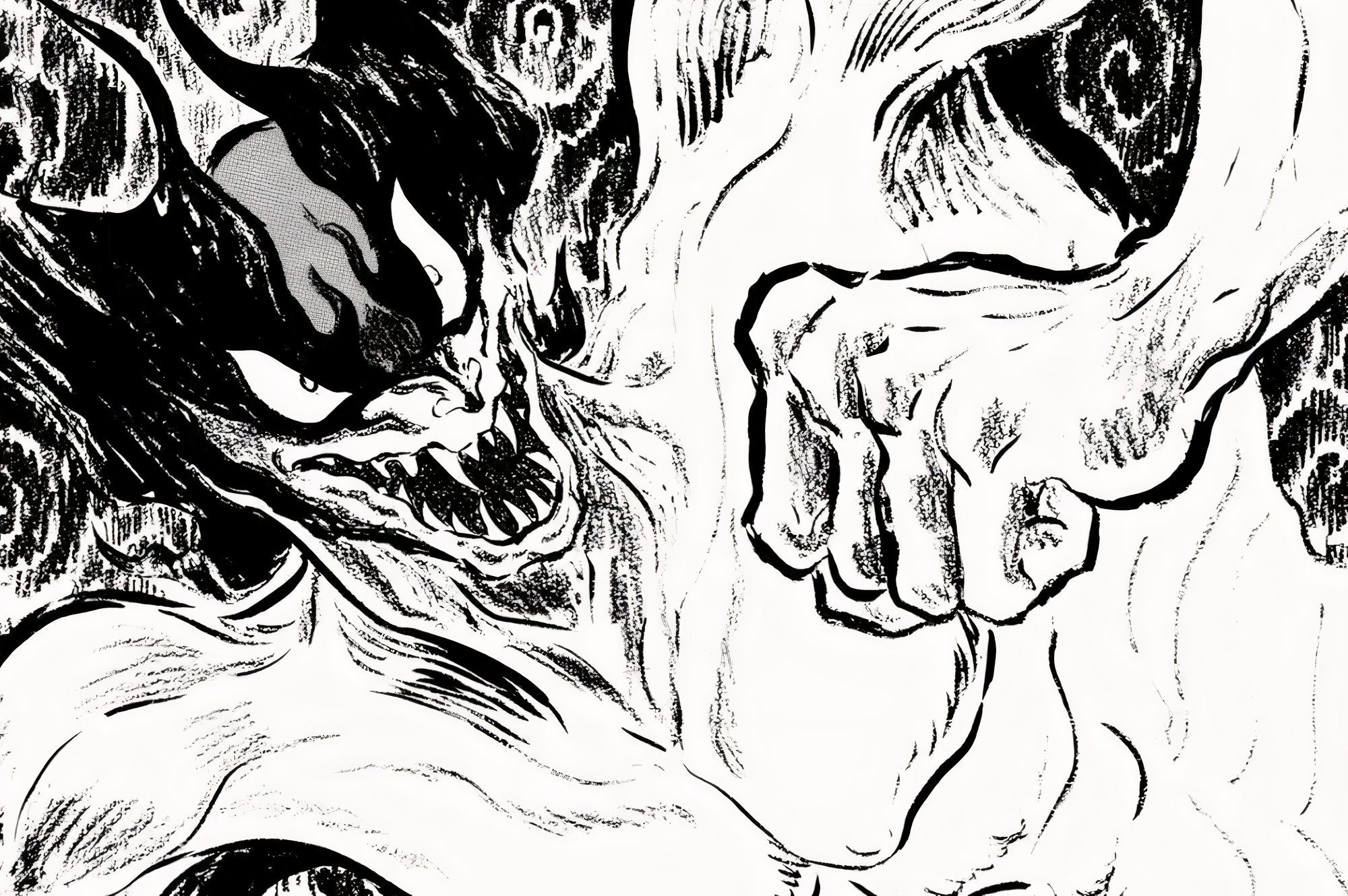
Devilman Crybaby is an anime series directed by Masaaki Yuasa, based on the manga Devilman by Go Nagai. It follows Akira Fudo, who gains demonic powers to combat evil forces threatening humanity. As he transforms into Devilman, Akira faces moral dilemmas and devastating battles, exploring themes of identity and humanity. The series is known for its striking animation style and intense storytelling.
While a fun nod to the past, it wasnt the anime revival many had hoped for.
As such, it’s worth asking why Netflix has seemingly walked away fromDevilman Crybaby.
To fight them, Akira must merge with a demon.
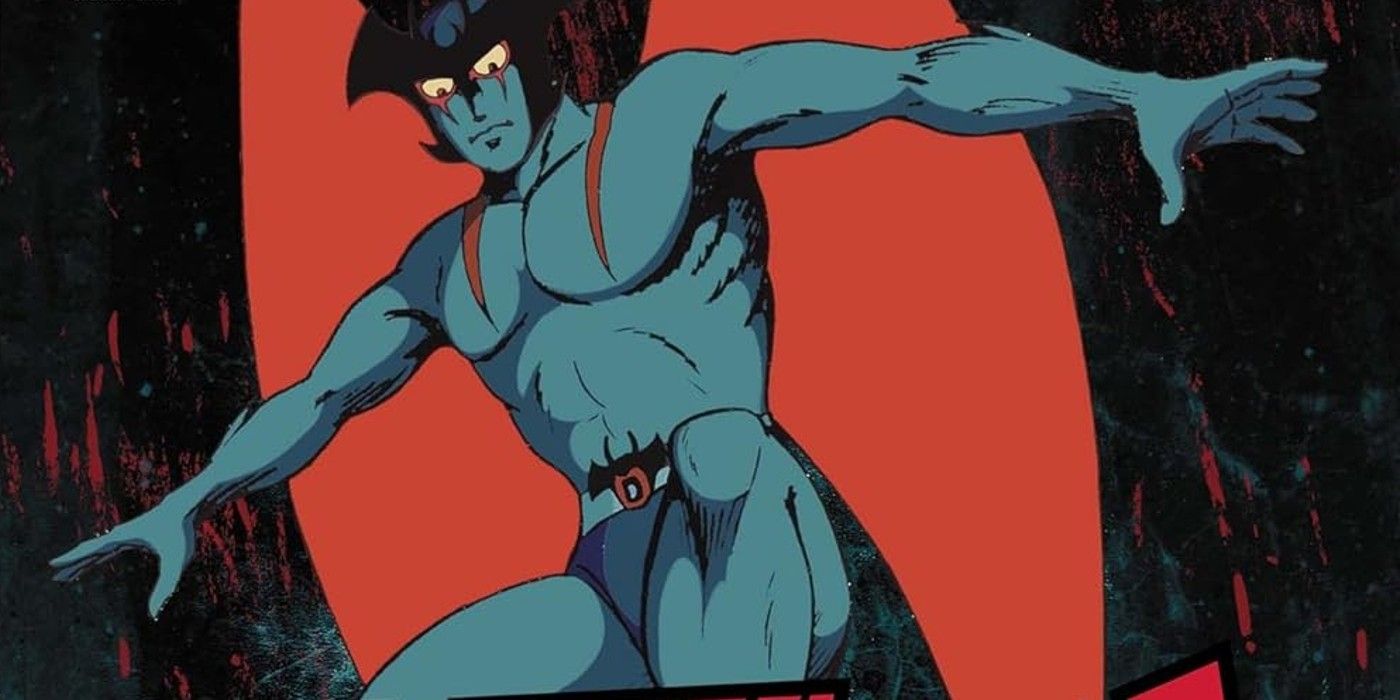
During a brutal ritual, he fuses with Amon, a fearsome entity, and becomesDevilman.
Though physically transformed, Akira retains his human heart.
It was more of a dark superhero series than a true adaptation.
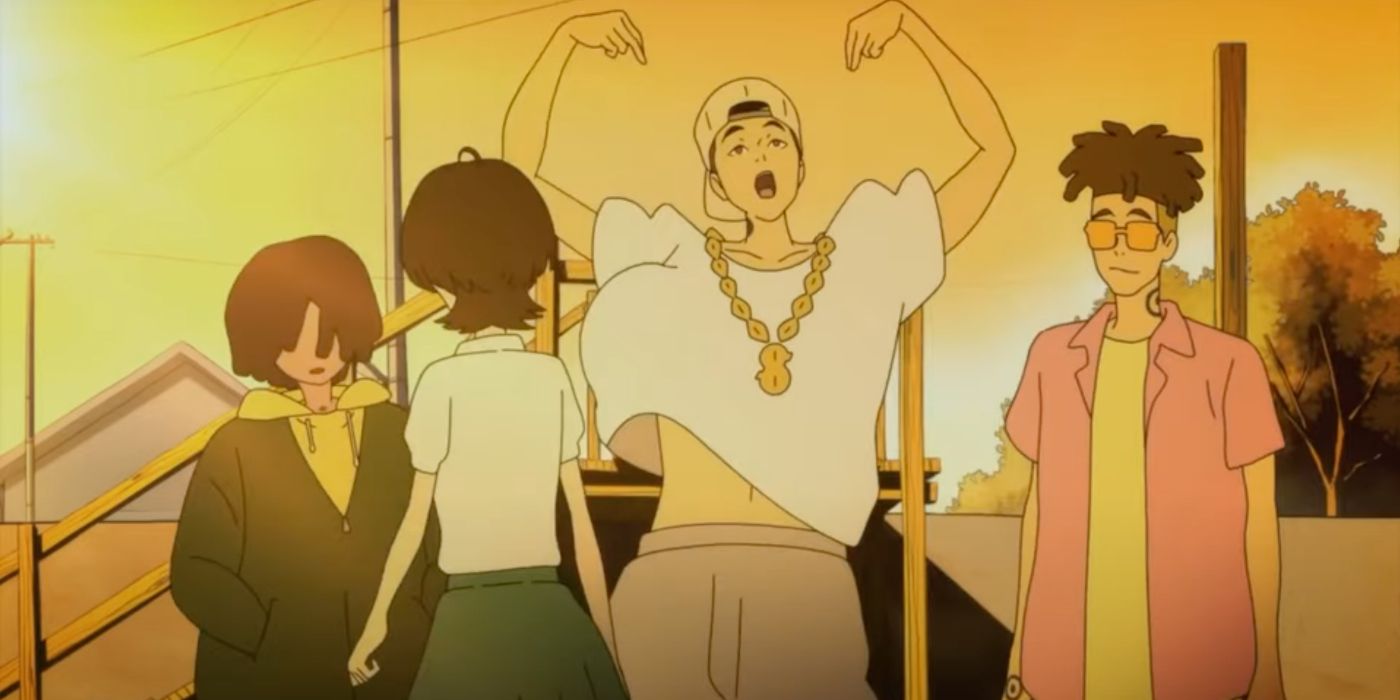
The anime toned down the horror and focused on weekly battles, making it suitable for younger viewers.
While it still bore Nagais name, it was a sanitized take on a much more brutal original.
Despite the softer tone, both the manga and anime helped solidifyDevilmanas a cultural icon.

In Japan, the character became instantly recognizable.
Overseas, he was proof that anime and manga could explore themes far darker than most Western media dared.
With its existential weight and shocking twists,Devilmanshowed that comics and cartoons werent just for kids.

They could be mature, disturbing, and philosophically rich a sentiment that would resurface decades later inCrybaby.
The name had decades of legacy behind it.
It was a perfect storm of style, substance, and timing.

It featured hyperkinetic action, deeply human drama, and an unforgettable soundtrack.
It was shocking, yes, but also profound.
Fans and critics hailed it as a masterpiece.
No Devilman Sequel, But Plenty Of Potential
A Missed Opportunity Or A Strategic Retreat?
But despiteCrybabys success, Netflix never followed it up.
And there may be a simple reason: the ending.
Without diving into spoilers,Crybabyhas the kind of finale that leaves little room for sequels.
Still, that hasnt stopped Go Nagai from revisiting theDevilmanuniverse through spin-offs, prequels, and alternate timelines.
Works likeAmon: Apocalypse of DevilmanandDevilman Ladyshow theres plenty more story to explore.
Maybe Netflix decided that one daring, controversial anime was enough.
Still, its strange.Devilmanhelped put.
It proved that there was an audience for intense, adult-oriented storytelling in animation.
Devilman Crybaby is Netflix’s adaptation of the famous manga which includes a group of rappers in supporting roles.
Here are their fates explained.
Now, withDevilman: Armageddon Prologue, the franchise returns sort of.
The new RPG is a homage to retro gaming, not a narrative continuation ofCrybaby.
It follows Akira Fudo, who gains demonic powers to combat evil forces threatening humanity.
The series is known for its striking animation style and intense storytelling.